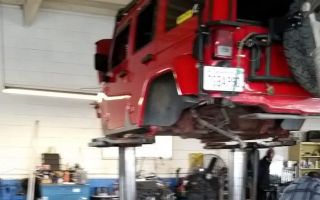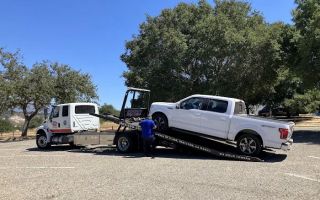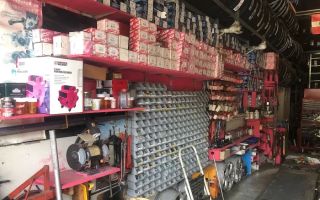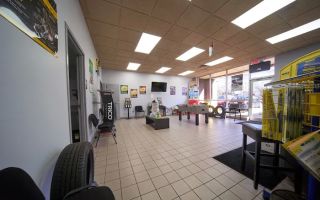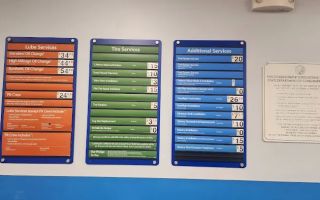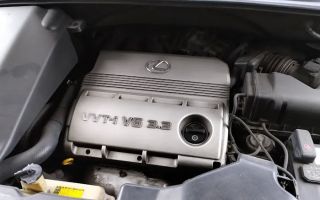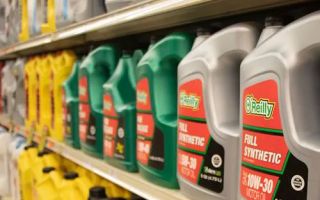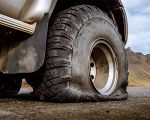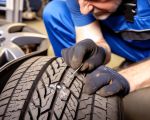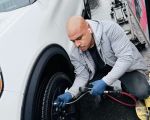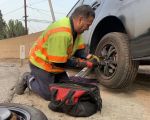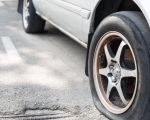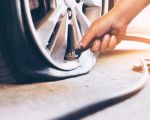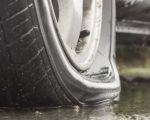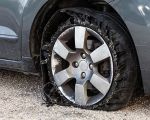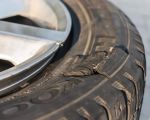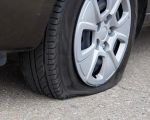How to Avoid Tire Blowouts When Driving Through Construction Zones
Driving through construction zones can be a daunting experience, especially when you're concerned about your vehicle's safety. One of the most frustrating and potentially dangerous problems drivers can face in such zones is a tire blowout. With uneven surfaces, debris, and roadwork conditions, the chances of damaging your tires are higher than usual. However, by taking the right precautions and staying alert, you can significantly reduce the risk of a blowout. Here’s how I manage to stay safe and keep my tires in top condition while navigating through construction areas.

MR. TIRE INC.
2078 New York Ave, Huntington Station, NY 11746, USA
1. Ensure Your Tires Are in Good Condition
Before even entering a construction zone, the first step in avoiding a blowout is ensuring that your tires are in optimal condition. I always make sure to inspect my tires regularly for any signs of damage or wear. Worn-out tires are much more susceptible to blowouts, especially when driving over rough surfaces or sharp debris that’s often found in construction zones.
Check for the following:
- Cracks or cuts: Look for visible cracks or cuts in the tire’s sidewalls. These can be signs of weakness and could lead to a blowout under pressure.
- Uneven wear: Uneven tire wear might indicate issues with alignment or suspension. It’s crucial to address these problems before hitting the road.
- Proper tread depth: The tread depth is vital for grip and traction, especially on slippery surfaces often encountered in construction zones. Use a tread depth gauge to ensure the tires meet the manufacturer’s recommended level.
Regular tire maintenance checks, such as rotating your tires every 5,000 to 7,000 miles, will also help to prolong their lifespan and avoid blowouts.

MR. TIRE INC.
2078 New York Ave, Huntington Station, NY 11746, USA
2. Check Tire Pressure Regularly
Maintaining proper tire pressure is essential to prevent blowouts. Both over-inflated and under-inflated tires are at a higher risk of failing when subjected to the stresses of roadwork zones. Over-inflated tires are more prone to bursting when they come into contact with sharp objects or rough patches, while under-inflated tires can lead to excessive heat buildup, increasing the chances of a blowout.
I make it a habit to check my tire pressure at least once a month, and especially before heading into areas with construction. Many gas stations have free air pumps where you can quickly check and adjust your tire pressure. It’s important to always follow the manufacturer’s recommended tire pressure, which is typically listed on a sticker inside your car’s door frame or in the owner’s manual.
3. Drive Slowly and Cautiously Through Construction Zones
When I know I’m approaching a construction zone, I always slow down and adjust my driving habits. High speeds increase the force on your tires, making them more vulnerable to damage. Moreover, construction zones often feature uneven pavement, potholes, or gravel—terrain that’s hard on tires. By driving at a reduced speed, I give my tires a better chance of handling these bumps and obstacles without sustaining damage.
In addition to slowing down, I stay alert for any warning signs or construction zone hazards. Potholes and other debris can be difficult to spot, especially when there’s a lot of dust or poor visibility, so it's essential to focus on the road and adjust your driving accordingly.
4. Avoid Sudden Maneuvers
Another tip that’s helped me avoid tire blowouts is avoiding sudden steering maneuvers. When I’m navigating through tight lanes or uneven surfaces, I make sure to steer gradually instead of making sharp turns or abrupt movements. Sudden lane changes or quick swerves can put extra strain on your tires, causing them to wear unevenly or burst when they hit a rough spot. Staying calm and making smooth, controlled steering adjustments reduces the likelihood of overloading the tires in risky conditions.
5. Stay Aware of Road Conditions and Debris
Construction zones often come with their own set of challenges. From loose gravel and debris to unexpected bumps and large potholes, these road conditions are a significant contributor to tire damage. I always keep my eyes peeled for signs of debris, such as nails, sharp rocks, or pieces of metal that could puncture a tire. If I see something that’s too big to avoid, I slow down and pass over it gently to minimize the impact on my tires.
Additionally, I always keep a safe distance from construction vehicles. These large trucks and equipment can drop rocks, dirt, or tools that may pose a hazard to my tires. Keeping a safe distance allows me to avoid potential hazards and gives me more time to react to any road debris or obstacles that may appear suddenly.
6. Invest in High-Quality Tires
One of the best investments I’ve made for tire safety is purchasing high-quality tires designed for durability. Tires made from high-quality materials tend to last longer, offer better traction, and withstand rough conditions more effectively than cheaper alternatives. While the initial cost may be higher, the peace of mind knowing that my tires are less likely to fail under tough driving conditions, such as construction zones, is invaluable.
Many tire manufacturers offer specific tires designed for rough or off-road conditions, which might be a good option for people who frequently drive through construction areas. These tires are built to resist punctures and wear from rough road surfaces.
7. Prepare for Emergencies
Even with all the precautions in place, tire blowouts can still happen unexpectedly. That’s why it’s essential to be prepared for any emergency situation. I always carry a spare tire, jack, and lug wrench in my vehicle, along with a tire repair kit that includes a patching kit and air compressor. Being prepared ensures that I can deal with a blowout promptly without getting stranded in a construction zone.
It’s also a good idea to have roadside assistance coverage, which can save time and effort in the event of a tire blowout. Knowing that help is just a phone call away gives me added confidence when navigating through tricky construction zones.
8. Don’t Ignore Warning Signs
If I ever notice any unusual sounds, vibrations, or handling issues while driving through a construction zone, I don’t ignore them. These could be early indicators of tire trouble, and it’s important to stop and inspect my tires immediately. A slight bulge, for example, could indicate internal damage, which might lead to a blowout if left unaddressed. If I’m unsure of what I’m dealing with, I make it a point to pull over to a safe spot and call for professional help.
Ignoring these signs and continuing to drive can escalate the situation, potentially leading to a dangerous blowout. It’s better to err on the side of caution and deal with the issue before it becomes more severe.

